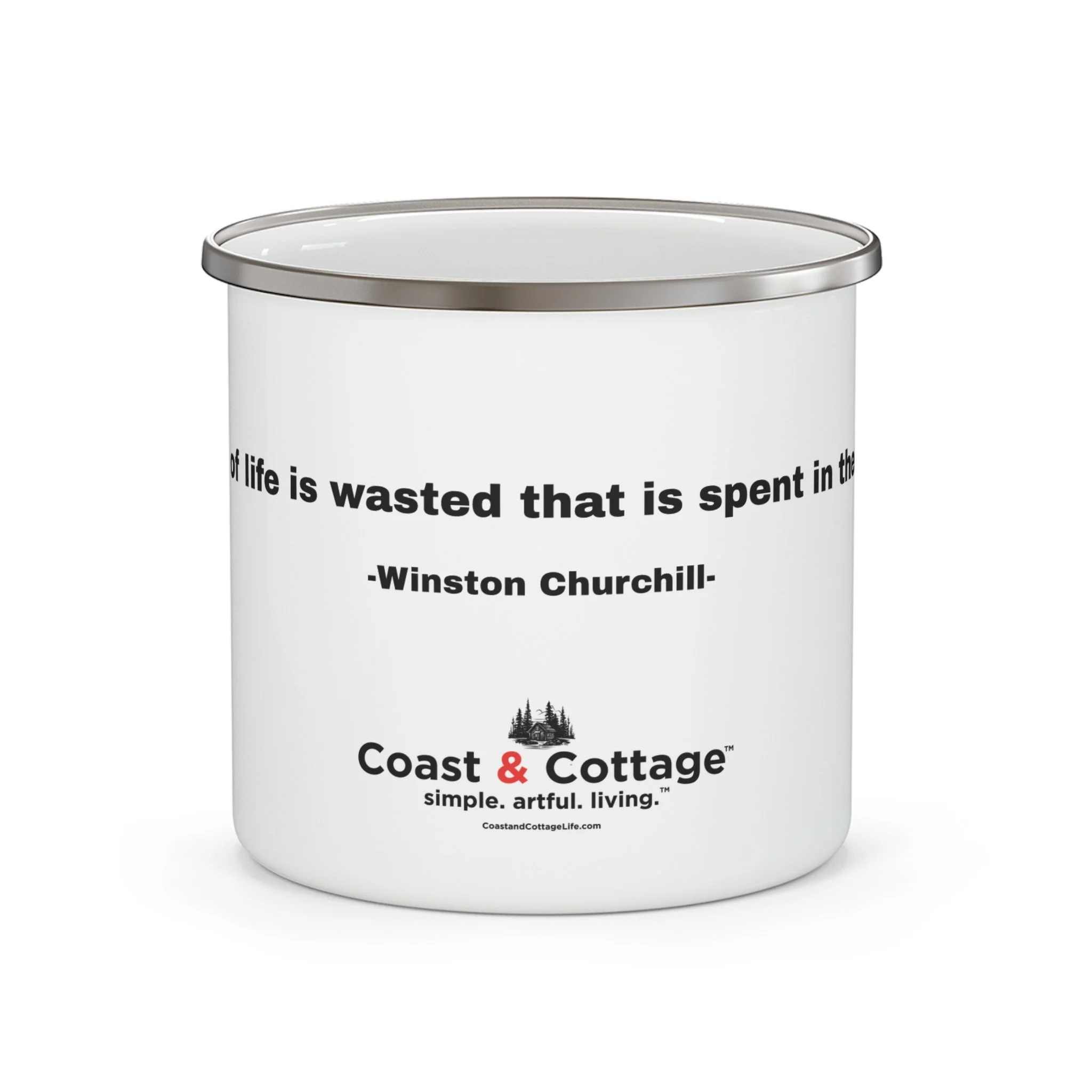Stubben Saddles
“No hour of life is wasted that is spent in the saddle.”
— Winston Churchill
(— even better when that saddle fits!)
Stübben Saddlery was founded in 1894 by Johannes Stübben in Krefeld, Germany, as a small workshop where he lived and worked. Under his leadership, the business grew steadily, eventually gaining recognition when it began supplying to Kaiser Wilhelm II’s 11th Hussar Regiment by the early 20th century. Johannes’s son, Carl Stübben, took over during a turbulent time marked by World War I and economic hardship. He helped stabilize the company by expanding into leather goods and building international supplier relationships, especially in Offenbach, Germany’s leatherworking hub.
Jumping Saddle Zaria Optimum
Starting: €4,200.00







